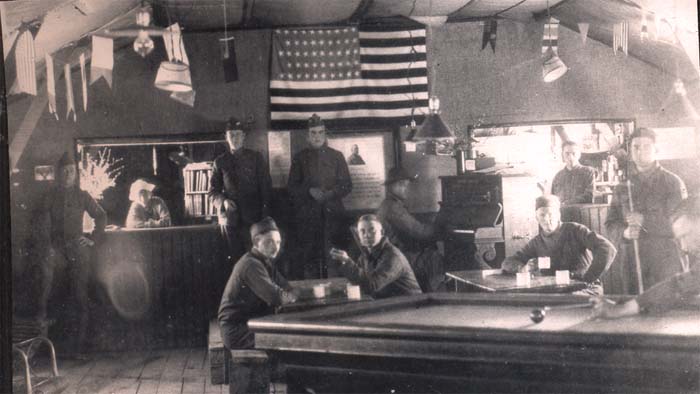
Kansas City Mayor declared a public emergency order for the influenza pandemic
By Oct. 7, 1918, Kansas City Mayor James Cowgill declared a public emergency order, granting the Board of Health the authority to open hospitals, enforce health regulations, and make necessary expenditures. Schools, theaters, churches, and larger gatherings were closed or prohibited.
Liberty Loan mass meetings were included in the ban, but planning luncheons were permitted as a military necessity. Saloons and cabarets were not ordered closed, but would be watched closely by health inspectors to ensure that they did not allow more than twenty patrons to congregate at a time nor become a public health menace. Kansas City shuttered itself as best it could against the impending storm.
The orders were not implemented as smoothly as they could have been. The problem was leadership. In most cities, decisions about how best to run the anti-epidemic campaign were left to the health officer, some of whom were guided by an influenza advisory board or by a health board.
Tags:
Source: Influenza Encyclopedia
Credit: Photo: Courtesy University of Michigan Center for the History of Medicine.
